Recently, the Department of Ophthalmology - National Children's Hospital said that in the past month, it has received nearly 50 cases of acute conjunctivitis. Of these, 10 - 20% of children have severe complications such as: having pseudomembranes that need to be removed, corneal abrasions (corneal scratches).
Acute conjunctivitis (also known as pink eye) is an inflammation of the transparent white part of the eye (conjunctiva and eyelids). The disease often appears in spring and summer and is easily spread into an epidemic.
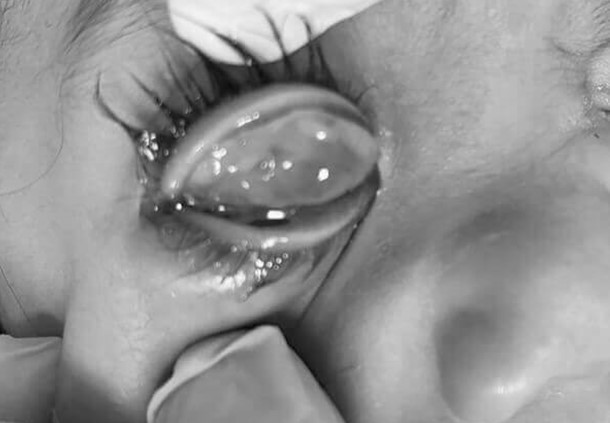
Image of pseudomembrane in a child's eye with acute conjunctivitis. (Photo provided by the hospital).
The disease usually starts 3-7 days after exposure to the source of the disease, symptoms include conjunctival congestion (red eyes), watery eyes, and a lot of eye discharge (can be white, sticky discharge if the disease is caused by a virus, or can be green-yellow discharge if it is caused by a bacterial infection). In young children, it may be accompanied by symptoms of rhinitis, pharyngitis, respiratory tract infection, fever, etc.
In particular, in children, the disease can cause pseudomembranes (a thin, white membrane covering the conjunctiva that causes bleeding, prolongs the healing process, or can damage the cornea), and superficial punctate keratitis.
In a few cases, secondary infection can cause complications such as corneal ulcers, affecting the child's long-term vision.
Conjunctivitis is usually caused by viruses, 80% of which are Adenoviruses, but can also be caused by other causes such as Herpes virus, Chickenpox, Poxvirus... Children get the disease through direct contact with secretions from the eyes, nose, mouth, direct contact with sick people, rubbing their eyes, sharing personal items with sick people...
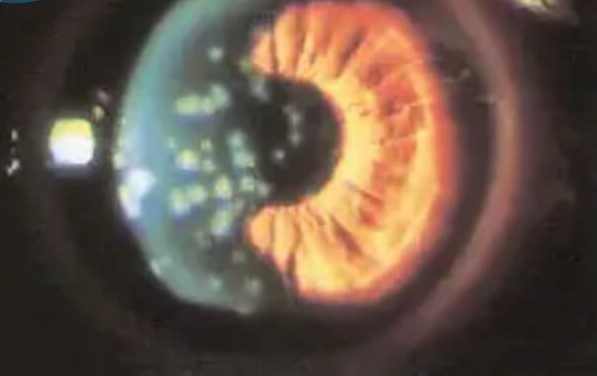
Complications of punctate keratitis. (Photo provided by the hospital).
To prevent the spread of disease, avoid rubbing your eyes, nose, and mouth, and wash your hands regularly with soap and hand sanitizer.
If your eyes are watery or have a lot of eye discharge, use tissue or cotton swabs (used once) to clean them, then throw them in a trash can with a lid to avoid creating a source of infection for your family and people around you. Disinfect your hands after cleaning your eyes.
Do not use contact lenses when you have conjunctivitis, use separate personal items such as: food, drinks, basins, towels, blankets, pillows. Wear a mask when you have symptoms of coughing, sneezing, clean tables, chairs, living and playing spaces of children with surface disinfectant solutions, limit contact in crowded places.
In particular, when children have symptoms such as red eyes, watery eyes, and a lot of discharge, they need to go to eye examination facilities for timely treatment and handling of complications.
Thu Phuong
Source


![[Photo] Prime Minister Pham Minh Chinh meets with US business representatives](https://vphoto.vietnam.vn/thumb/1200x675/vietnam/resource/IMAGE/2025/5/13/5bf2bff8977041adab2baf9944e547b5)
![[Photo] President Luong Cuong attends the inauguration of the international container port in Hai Phong](https://vphoto.vietnam.vn/thumb/1200x675/vietnam/resource/IMAGE/2025/5/13/9544c01a03e241fdadb6f9708e1c0b65)








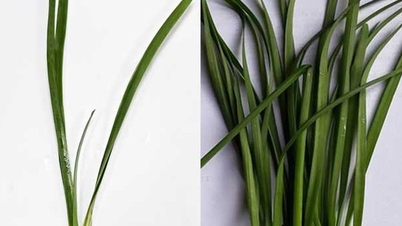

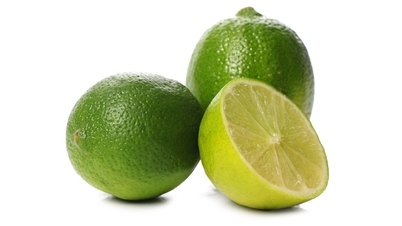





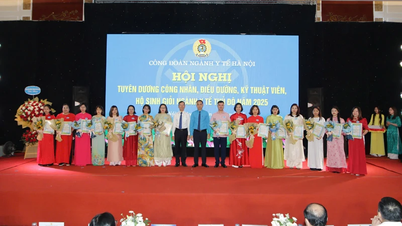
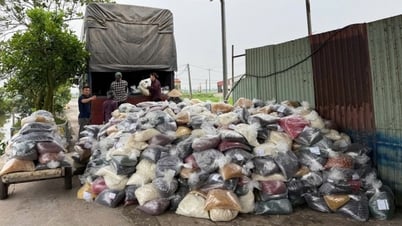


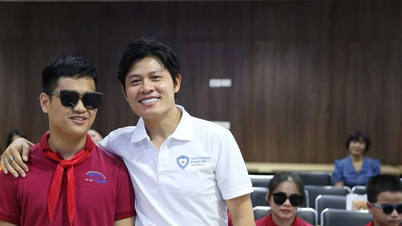










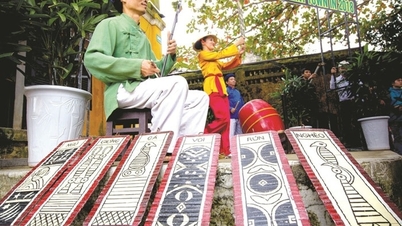
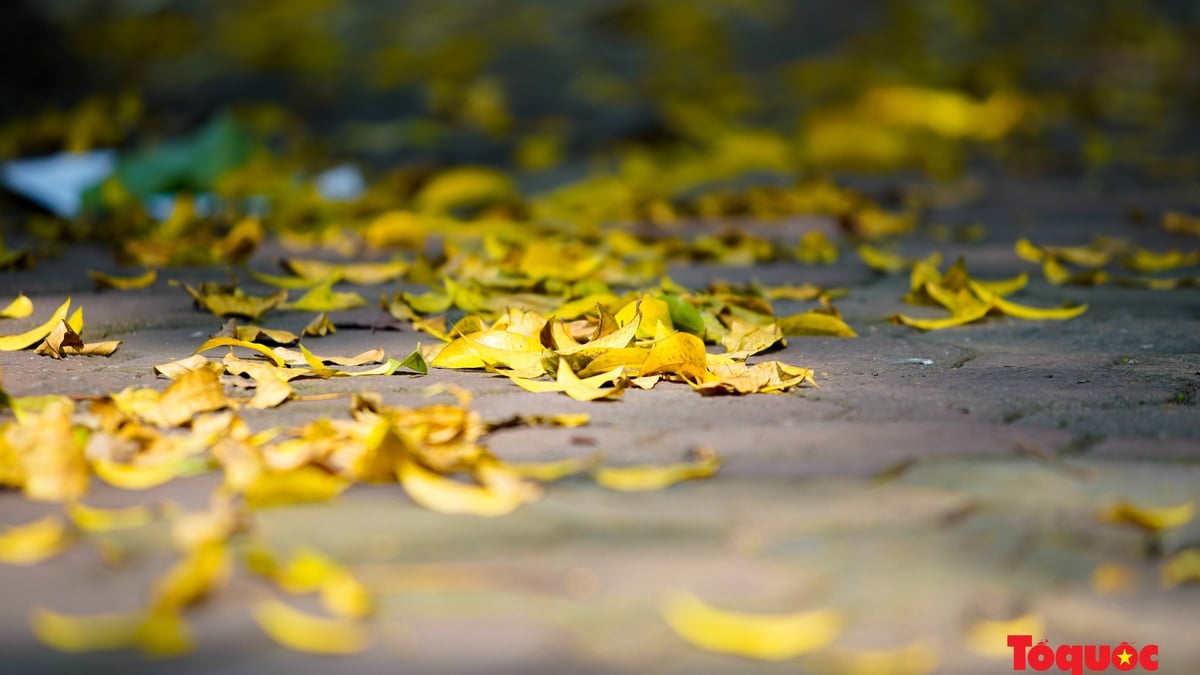
























































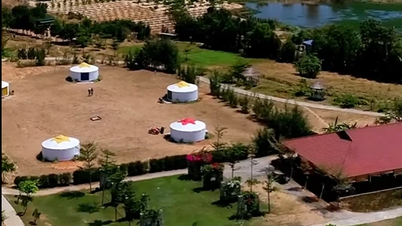












Comment (0)